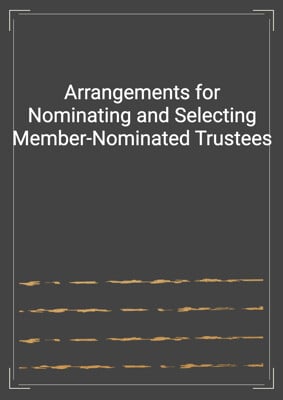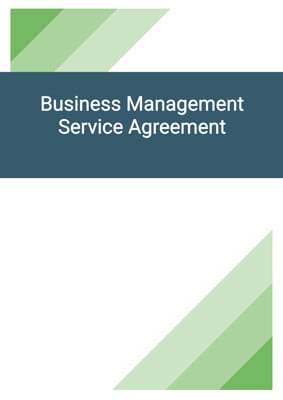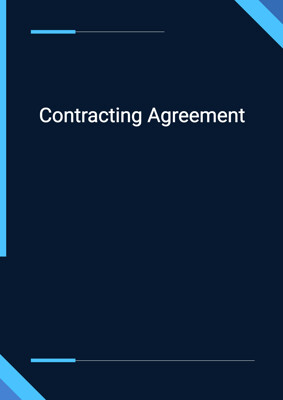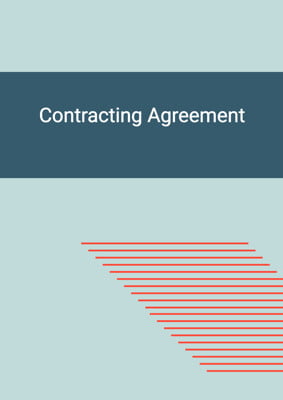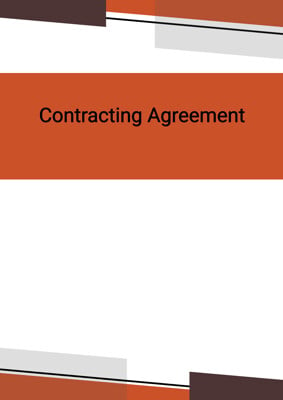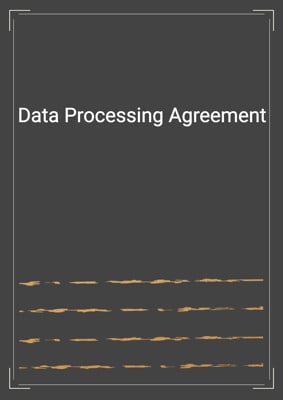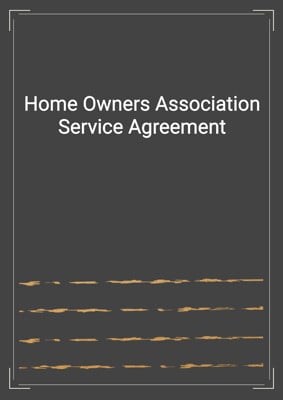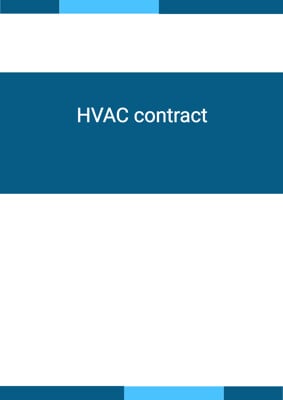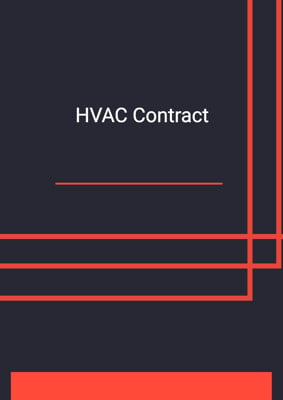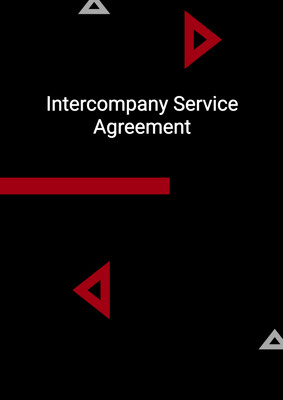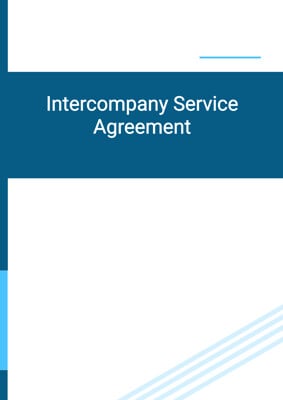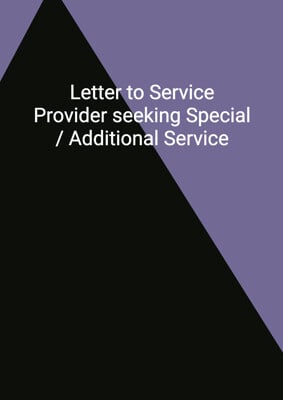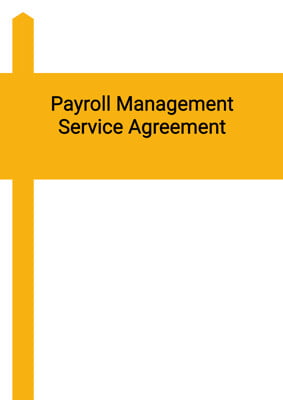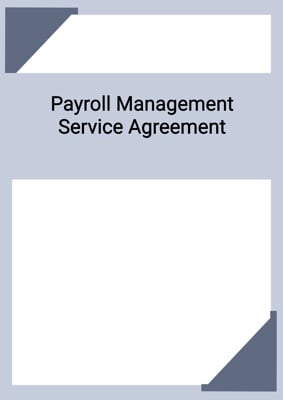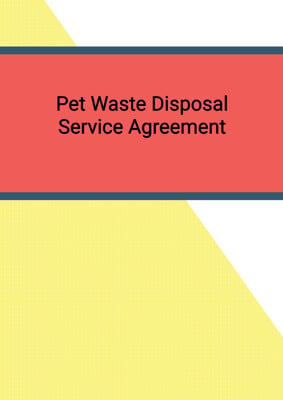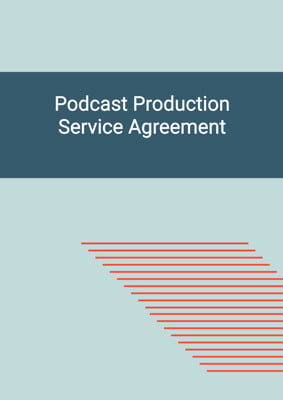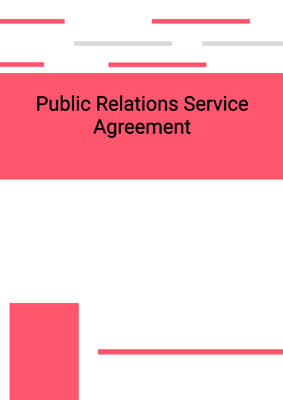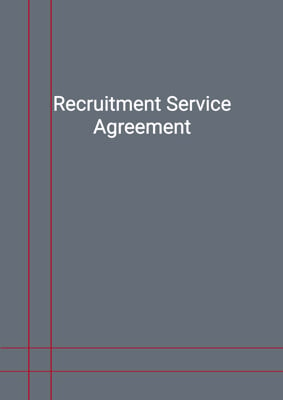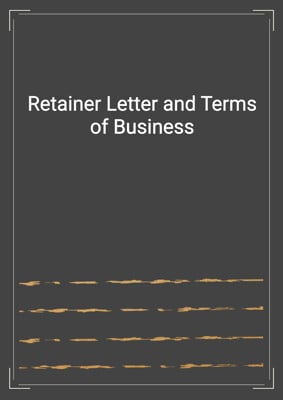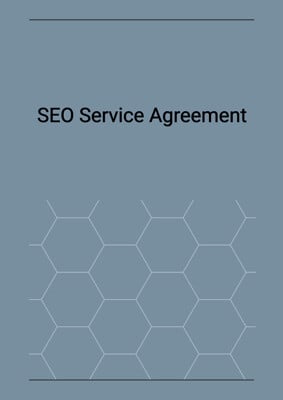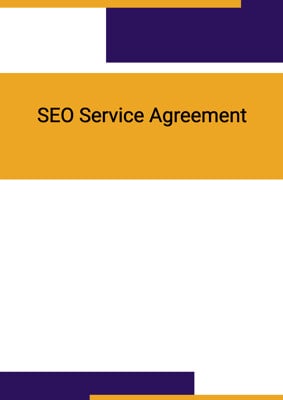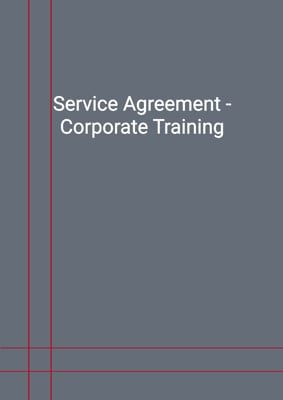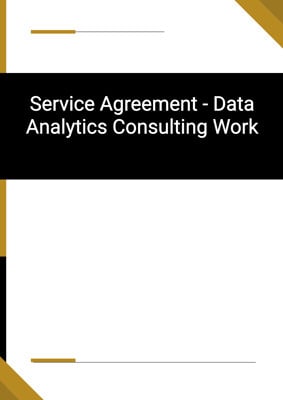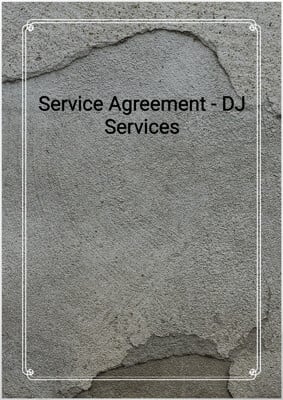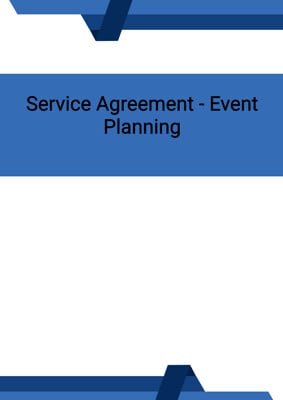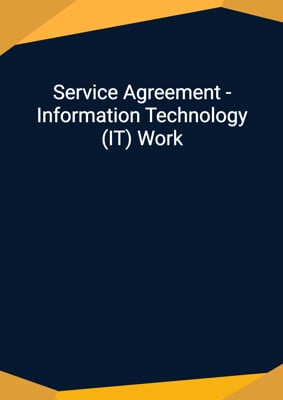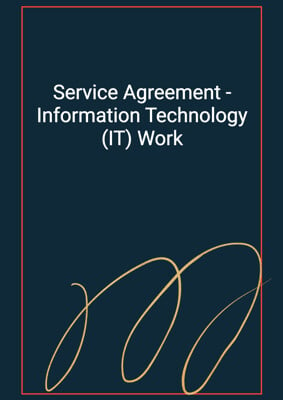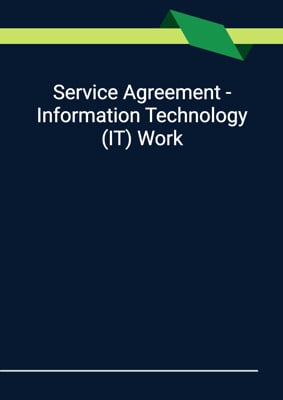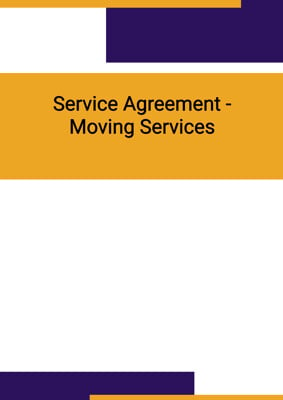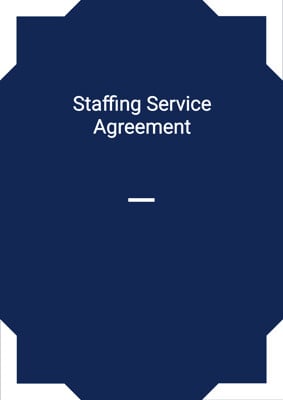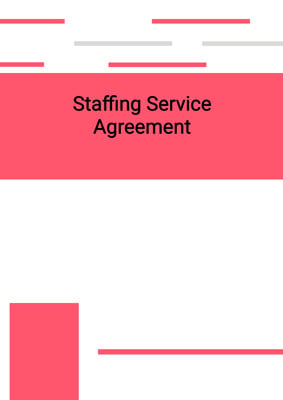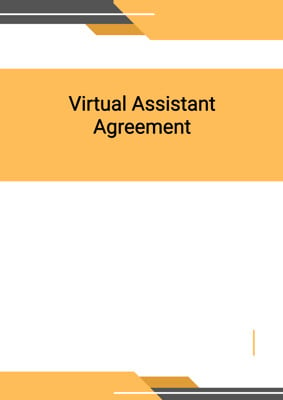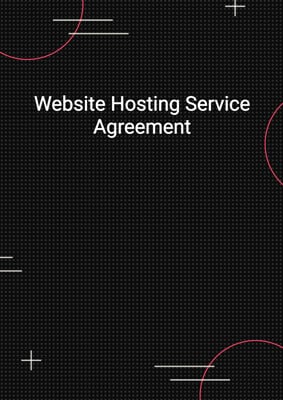
Service Agreement - Information Technology (IT) Work
Acquisition - Neutral
This IT transitional services agreement is in relation to an acquisition whereby the Seller will provide transitional IT services to the Buyer / Target on the same basis as before the acquisition. This is drafted in neutral form.
How to Tailor the Document for Your Need?
01
Create Document
Fill in the details of the parties. You can click the "Fill with Member’s Information" button to complete it with information saved to your account.
02
Fill Information
Please fill in any additional information by following the step-by-step guide on the left hand side of the preview document and click the "Next" button.
03
Get Document
When you are done, click the "Get Document" button and you can download the document in Word or PDF format.
04
Review Document
Please get all parties to review the document carefully and make any final modifications to ensure that the details are correct before signing the document.
Document Preview
Document Description
This Service Agreement - Information Technology (IT) Work document is a legally binding agreement between the seller and the buyer. The agreement highlights the importance of the document by stating that the seller has agreed to provide or procure the provision of information technology services to the buyer and/or members of the buyer's group. The document consists of several sections, each with its own detailed introduction.
Section 1: Interpretation
This section provides definitions for various terms used throughout the agreement. It clarifies the meaning of terms such as affiliate, business day, effective date, intellectual property rights, proprietary software, buyer's group, sale and purchase agreement, service charges, services, service term, supplier, supply agreements, third party software, and seller's group.
Section 2: Services
This section states that the seller will provide the services to the buyer or relevant member of the buyer's group upon payment of the service charges.
Section 3: Seller's Rights and Obligations
This section outlines the seller's obligations to provide the services to the same standards as before the effective date. It also allows the seller to make changes or substitutions to the services, suspend the buyer's access to information technology or communications systems if necessary, and terminate the services under certain circumstances.
Section 4: Buyer's Obligations
This section outlines the buyer's obligations, including providing access to facilities or premises, providing necessary information and assistance, ensuring the safety of the seller's employees or contractors, using the services solely for business purposes, and not interfering with the seller's systems.
Section 5: Changes to Buyer's Systems
This section states that the buyer cannot decommission, replace, or change its information technology or communications systems without the seller's prior written consent if it could affect the seller's ability to perform its obligations.
Section 6: Charges
This section specifies the payment of service charges by the buyer and the terms of payment. It also mentions that the service charges are fixed and subject to increase only if third party costs associated with the services increase.
Section 7: Liability
This section limits the seller's liability for certain types of losses and sets a cap on the total liability of the seller under the agreement.
Section 8: Confidential Information
This section requires both parties to keep the terms of the agreement and any confidential information disclosed by the other party confidential, subject to certain exceptions.
Section 9: Intellectual Property Rights
This section clarifies the ownership of intellectual property rights and grants the buyer a non-exclusive license to use proprietary software and third party software.
Section 10: Duration
This section specifies the duration of the agreement and the services, either as a fixed term or with automatic renewal.
Section 11: Termination
This section outlines the circumstances under which either party can terminate the agreement or a service, including breach of contract, failure to pay, insolvency, and material breach.
Section 12: Consequences of Termination
This section explains the consequences of termination, including the parties' obligations, return of records and documents, payment of accrued amounts, and disconnection of services.
Section 13: Third Party Consents
This section requires the seller to obtain any necessary consents and licenses from third parties for the provision of the services.
Section 14: Data Protection
This section outlines the parties' obligations regarding the processing of personal data under the agreement.
Section 15: Assignment and Other Dealings
This section restricts the assignment, transfer, or sub-contracting of rights and obligations under the agreement without the other party's prior written consent.
Section 16: Notices and Service
This section specifies the methods and deemed times of giving notice between the parties.
Section 17: Force Majeure
This section states that neither party will be liable for any failure or delay in performing its obligations under the agreement due to causes beyond its reasonable control.
Section 18: Legal Relationship
This section clarifies that the agreement does not create a partnership or agency relationship between the parties.
Section 19: Costs and Expenses
This section states that each party will bear its own costs and expenses related to the negotiation and completion of the agreement.
Section 20: Entire Agreement
This section confirms that the agreement, along with the sale and purchase agreement, constitutes the entire agreement between the parties and supersedes any previous arrangements or agreements.
Section 21: Amendment
This section requires any variations to the agreement to be in writing and signed by both parties.
Section 22: Severability
This section states that if any provision of the agreement is deemed illegal, void, or unenforceable, it will be deemed not to be included in the agreement without invalidating the remaining provisions.
Section 23: Waivers
This section states that waivers of rights or remedies under the agreement must be in writing and that failure or delay in exercising a right or remedy does not waive that right or remedy.
Section 24: Remedies Cumulative
This section states that the parties' rights and remedies under the agreement are cumulative and in addition to their rights and remedies under general law.
Section 25: Supremacy of Agreement
This section clarifies that in case of any conflict between the terms in the body of the agreement and the schedules, the terms in the body of the agreement prevail.
Section 26: Counterparts
This section allows the agreement to be executed in multiple counterparts, each of which is considered an original.
Section 27: No Rights under Contracts for Third Parties
This section states that a person who is not a party to the agreement has no right to enforce any of its terms.
Section 28: Governing Law and Jurisdiction
This section encourages the parties to resolve any disputes amicably and states that the agreement is governed by the laws of the relevant jurisdiction.
The agreement includes two schedules: Schedule 1 (Statement of Work) and Schedule 2 (Fee Schedule). Schedule 1 outlines the services to be provided, including examples of services and service level terms. Schedule 2 provides a fee schedule based on a functional/rate structure.
Overall, this Service Agreement - Information Technology (IT) Work document is a comprehensive and detailed agreement that covers various aspects of the relationship between the seller and the buyer.
How to use this document?
To use this document, follow these steps:
1. Review the entire agreement to understand the rights and obligations of both parties.
2. Ensure that the necessary information, such as the names and addresses of the parties, is accurately entered in the agreement.
3. Customize the agreement to fit the specific services to be provided and the terms agreed upon by both parties.
4. If necessary, consult legal counsel to ensure compliance with applicable laws and regulations.
5. Sign the agreement and have it signed by the authorized representatives of both parties.
6. Keep a copy of the signed agreement for future reference.
7. Monitor and fulfill the obligations outlined in the agreement, including payment of service charges and compliance with confidentiality and data protection requirements.
8. In case of any disputes or issues, follow the dispute resolution process outlined in the agreement.
Note: This guidance provides a general overview and does not constitute legal advice. It is recommended to seek legal counsel for specific legal advice related to the use of this document.
Not the right document?
Don’t worry, we have thousands of documents for you to choose from:

